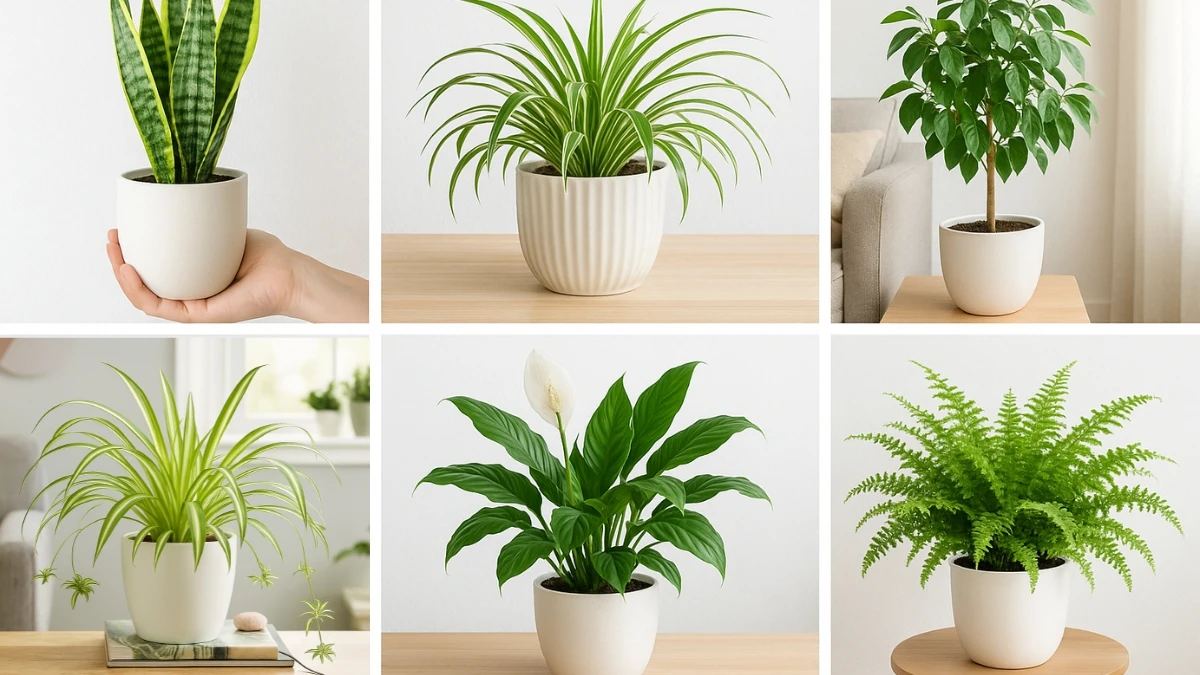Top 5 Low Maintenance Indoor Plants That Clean the Air Naturally
Indoor plants do more than just beautify your space—they’re natural air purifiers, proven by NASA and modern studies to remove toxins and boost oxygen indoors. If you want cleaner air without the hassle, these five low-maintenance indoor plants are your best bet. Dive in for expert care tips, social media highlights, and a handy comparison table to help you choose the right green companion for your home.
|
Rank |
Plant Name |
|---|---|
|
5 |
Boston Fern |
|
4 |
Peace Lily |
|
3 |
Ficus/Weeping Fig |
|
2 |
Spider Plant |
|
1 |
Snake Plant |
5. Boston Fern (Nephrolepis exaltata)
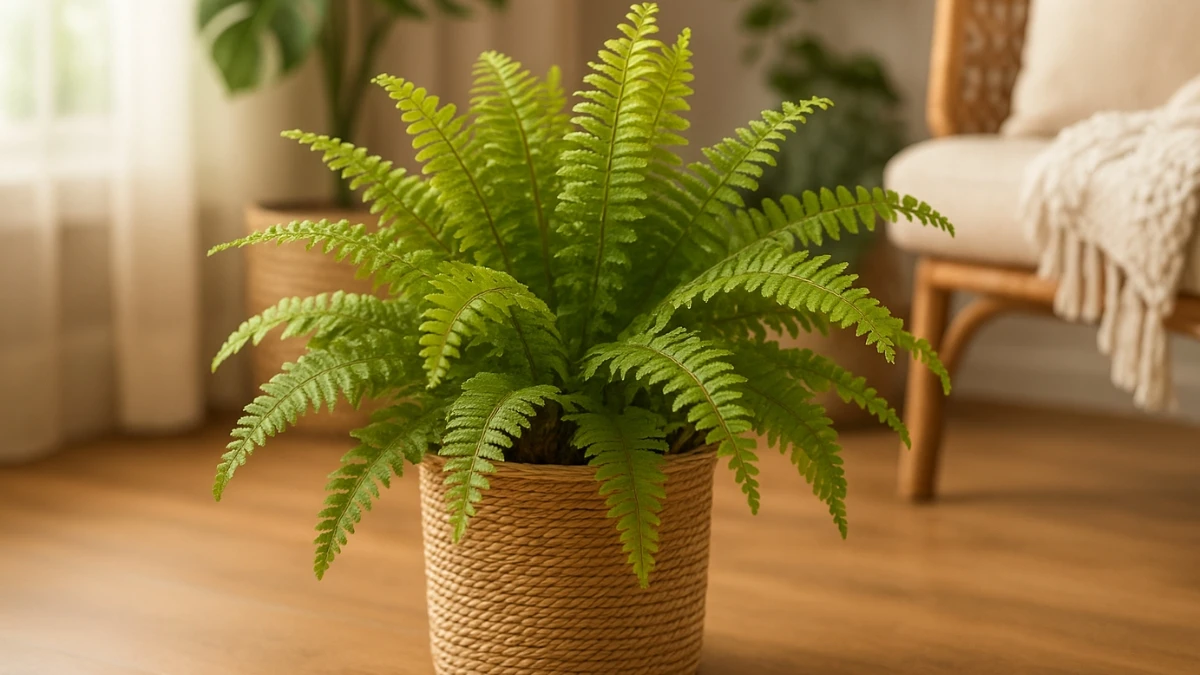
The Boston Fern is a lush, feathery plant known for its ability to remove formaldehyde and xylene while naturally increasing indoor humidity. This makes it ideal for dry or heated indoor environments. Boston Ferns prefer bright, indirect light and consistently moist soil, along with regular misting to maintain humidity. They are pet-friendly and add a soft, elegant touch to bathrooms, kitchens, or living rooms.
Key Points:
-
Removes formaldehyde and xylene toxins
-
Excellent natural humidifier
-
Prefers bright, indirect light and moist soil
-
Requires regular misting or humidity tray
-
Safe for pets and children.
4. Peace Lily (Spathiphyllum)
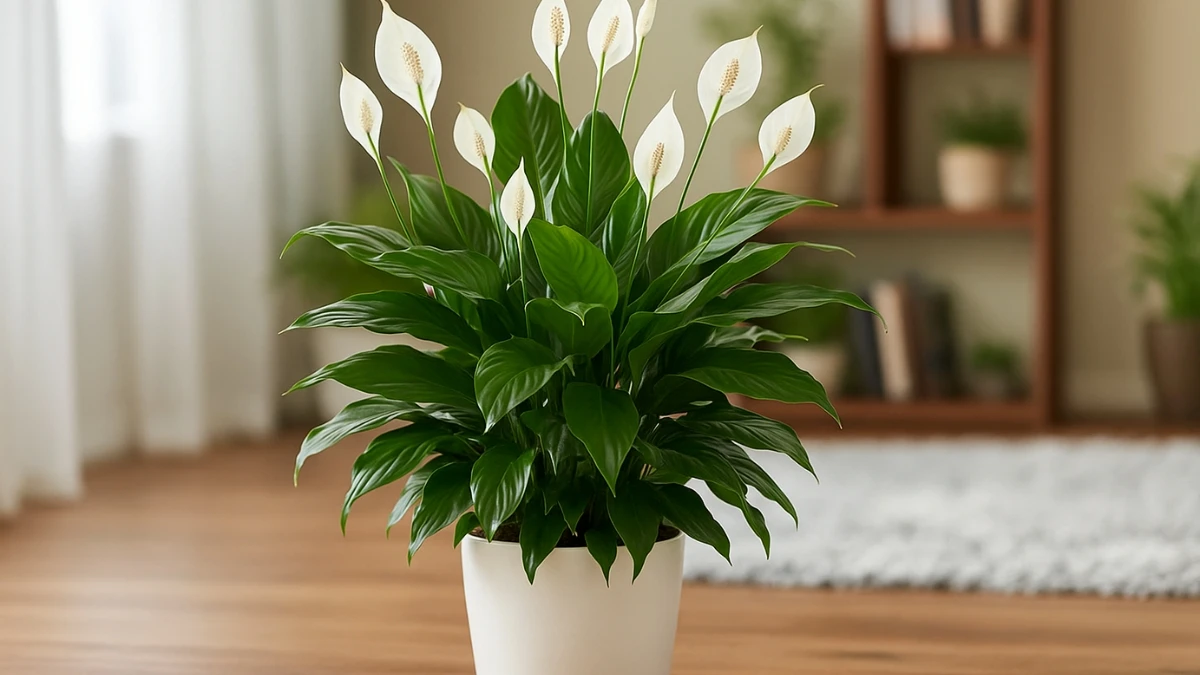
The elegant Peace Lily is a top air purifier that removes benzene, formaldehyde, ammonia, and trichloroethylene. It also boosts indoor humidity, which is beneficial during dry seasons. Peace Lilies thrive in low to medium indirect light and require only weekly watering. Their glossy green leaves and striking white bracts add a touch of sophistication to any room. While generally safe, they contain calcium oxalates and can cause mild irritation if ingested by pets.
Key Points:
-
Removes benzene, formaldehyde, ammonia, and VOCs
-
Increases humidity, easing respiratory discomfort
-
Thrives in low to medium indirect light
-
Water once a week; avoid overwatering to prevent root rot
-
Mildly toxic to pets if ingested.
3. Ficus / Weeping Fig (Ficus benjamina)
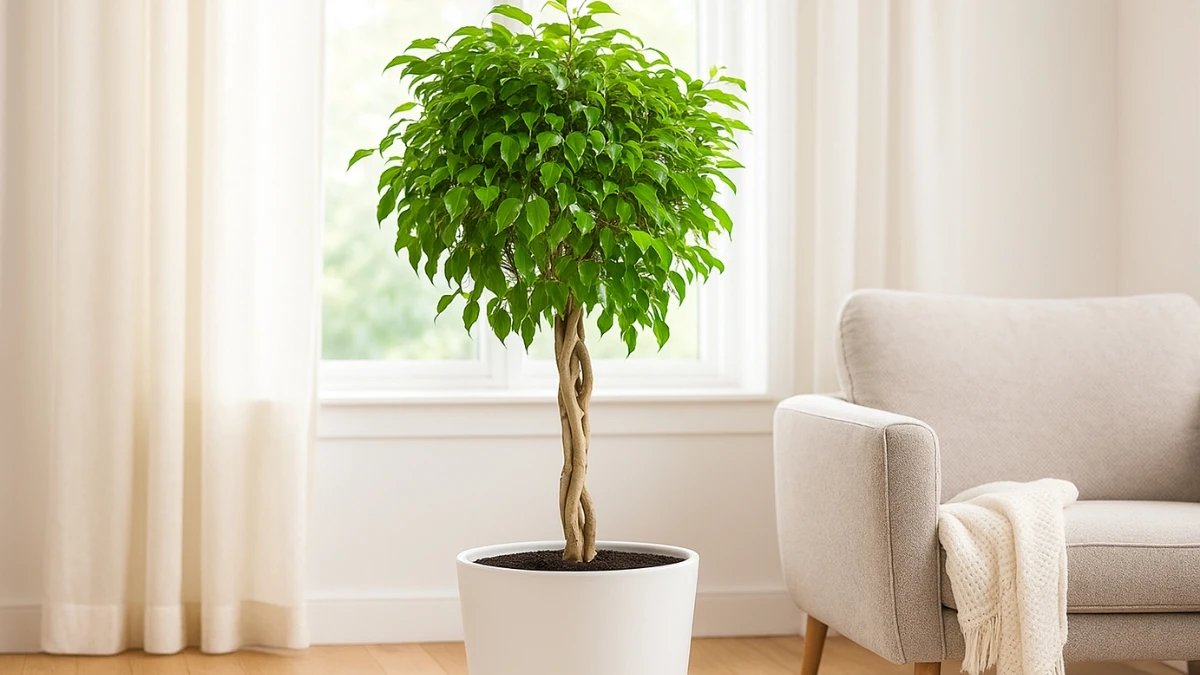
The Weeping Fig is a graceful indoor tree with glossy leaves that purify air by removing formaldehyde, xylene, and toluene. It also balances humidity and has antimicrobial properties that help prevent mold and harmful microbes indoors. While it requires a bit more care—preferring bright indirect light and moderate watering—its aesthetic appeal and air-cleaning power make it a popular choice for living rooms and offices.
Key Points:
-
Removes formaldehyde, xylene, and toluene
-
Balances indoor humidity and reduces microbes
-
Prefers bright, indirect light and evenly moist soil
-
Sensitive to sudden environmental changes; avoid frequent moves
-
Toxic to pets and can cause skin irritation upon contact.
2. Spider Plant (Chlorophytum comosum)
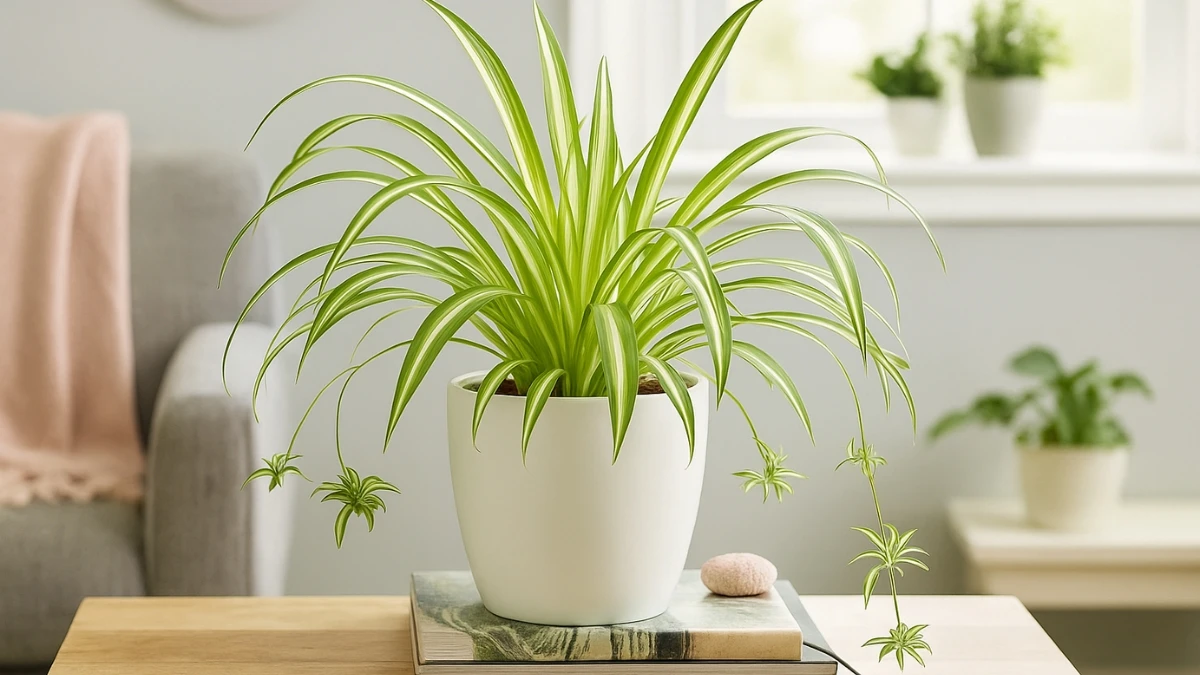
The Spider Plant is celebrated for its arching, striped green-and-white leaves and its ability to purify indoor air by removing carbon monoxide, formaldehyde, and xylene. It also increases indoor humidity, reducing airborne illnesses like coughs and colds. Spider Plants are pet-safe and extremely hardy, thriving in low to bright indirect light with minimal watering. Their unique ability to produce baby plants (“spiderettes”) makes propagation easy and fun.
Key Points:
-
Filters carbon monoxide, formaldehyde, and xylene
-
Boosts indoor humidity, improving respiratory health
-
Non-toxic to pets but ingestion may cause mild upset
-
Thrives in low to bright indirect light
-
Water weekly; tolerates occasional neglect.
1. Snake Plant (Sansevieria trifasciata)
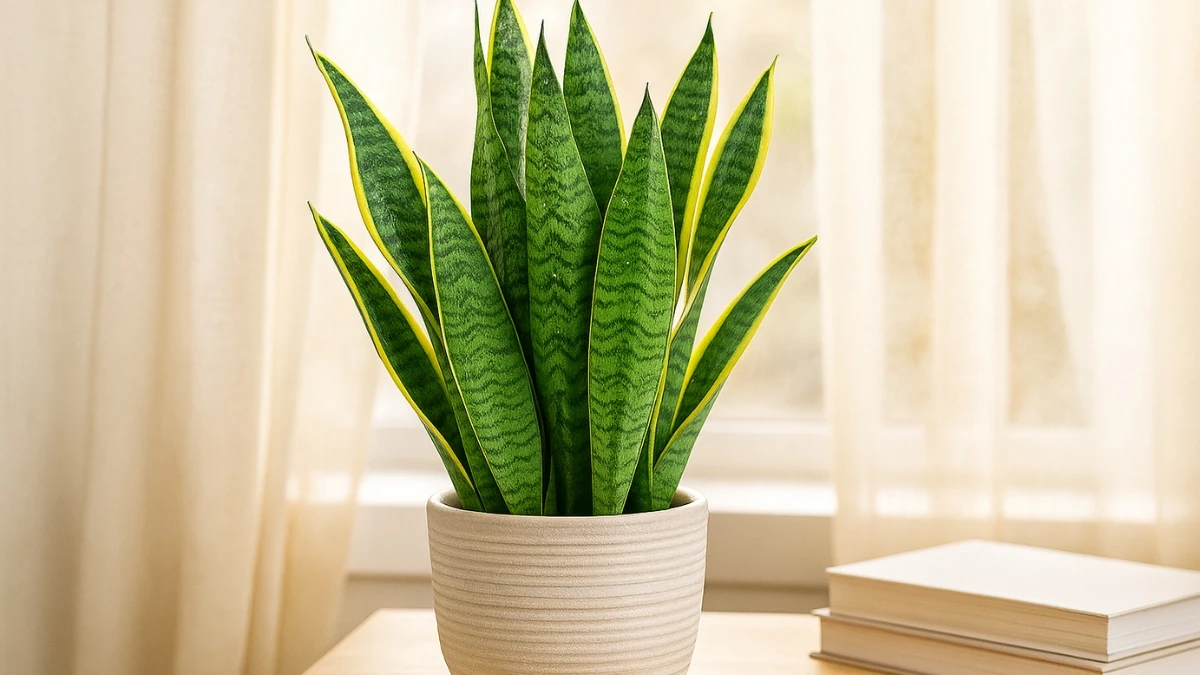
The Snake Plant, also known as Mother-in-law’s Tongue, is a resilient succulent famed for its vertical, sword-shaped leaves and exceptional air-purifying abilities. It removes toxins such as formaldehyde, benzene, and xylene—common in household products and furniture. Unlike most plants, it releases oxygen at night, making it ideal for bedrooms to improve sleep quality. Its drought tolerance and ability to thrive in low light make it a favorite for beginners and busy individuals.
Key Points:
-
Removes formaldehyde, benzene, xylene, toluene, and nitrogen oxides
-
Releases oxygen at night (CAM photosynthesis)
-
Thrives in low to bright indirect light
-
Requires watering only when soil is dry (every 2-3 weeks)
-
Compact size fits small spaces and modern decor.
Why Choose Low Maintenance Air-Purifying Indoor Plants?
Low maintenance indoor plants that clean the air naturally are ideal for anyone seeking a healthier home with minimal effort. These plants not only absorb harmful toxins like formaldehyde, benzene, and xylene from the air, but also thrive with little watering and can tolerate a range of light conditions.
Many of these plants, such as the snake plant and spider plant, are recommended by NASA for their air-purifying abilities and ease of care. Placing them in living rooms, bedrooms, or offices can help reduce indoor pollution, boost humidity, and even improve sleep quality. Their resilience makes them perfect for beginners, busy professionals, or anyone who wants to enjoy the benefits of greenery without constant maintenance.
How Do Indoor Plants Purify the Air?
Indoor plants purify the air through a combination of natural processes. Their leaves absorb airborne toxins such as formaldehyde, benzene, and xylene, which are common in household products and furnishings. Through photosynthesis, plants convert carbon dioxide into oxygen, improving overall air quality.
The roots and soil microorganisms also play a role, breaking down harmful chemicals and neutralizing pollutants. NASA’s Clean Air Study famously demonstrated that certain indoor plants can significantly reduce volatile organic compounds (VOCs) in enclosed spaces.
In addition, many plants increase humidity by releasing moisture vapor, which can help reduce respiratory irritation and dry skin. This makes indoor plants a practical and attractive solution for creating a healthier home or office environment.
Frequently Asked Questions (FAQ'S)
Are these plants safe for pets?
Spider Plant and Boston Fern are pet-friendly. Snake Plant, Peace Lily, and Ficus can be toxic if ingested, so keep them out of reach of pets.
Can these plants replace air purifiers?
They improve air quality but are best used alongside proper ventilation and air purifiers for optimal results.
How often should I water these plants?
Watering varies: Snake Plant every 2-3 weeks, Spider Plant and Peace Lily weekly, Ficus moderately, Boston Fern frequently to keep soil moist.
Disclaimer:
The information provided in this article is for general educational and informational purposes only. While the plants listed are known to have air-purifying qualities as supported by studies such as NASA's Clean Air Study, they should not be considered a substitute for professional medical advice, air purification systems, or proper ventilation.

